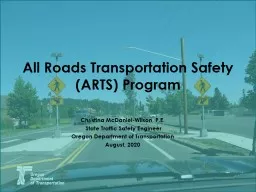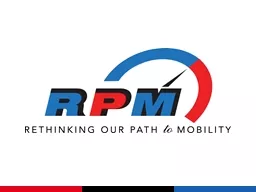PPT-2015 Local Roads Workshop
Author : myesha-ticknor | Published Date : 2016-07-20
Gaylord March 12 2015 Best Practices for HMA Construction HMA Construction Inspection Sound inspection practices during construction are vital to obtain quality
Presentation Embed Code
Download Presentation
Download Presentation The PPT/PDF document "2015 Local Roads Workshop" is the property of its rightful owner. Permission is granted to download and print the materials on this website for personal, non-commercial use only, and to display it on your personal computer provided you do not modify the materials and that you retain all copyright notices contained in the materials. By downloading content from our website, you accept the terms of this agreement.
2015 Local Roads Workshop: Transcript
Download Rules Of Document
"2015 Local Roads Workshop"The content belongs to its owner. You may download and print it for personal use, without modification, and keep all copyright notices. By downloading, you agree to these terms.
Related Documents














